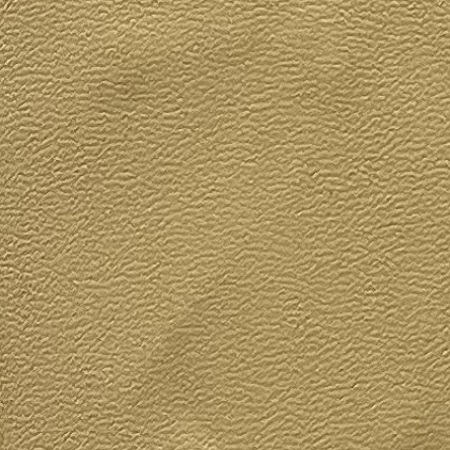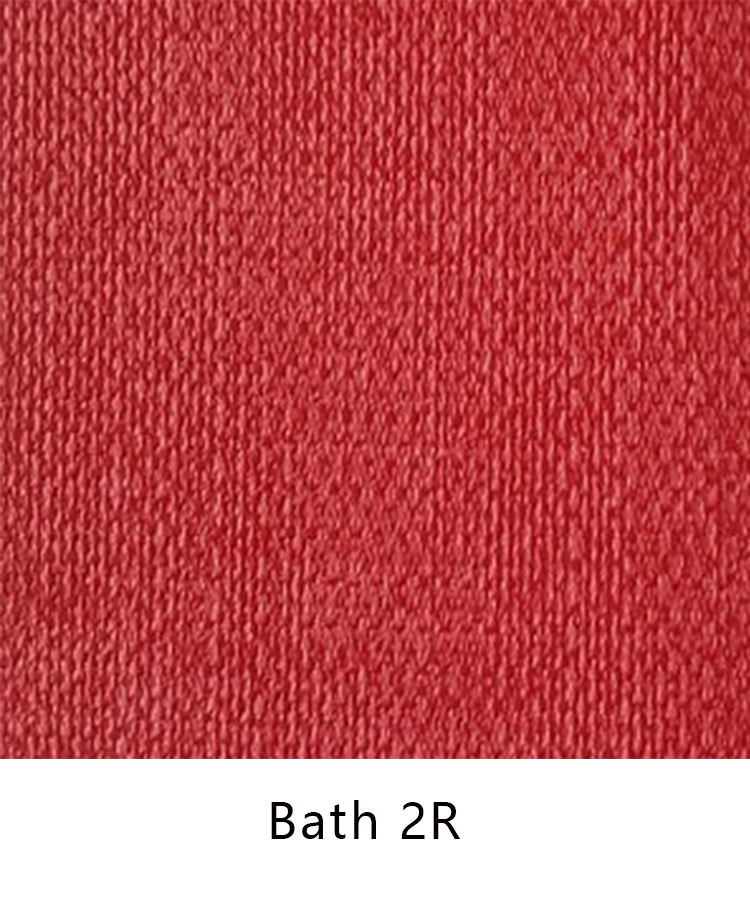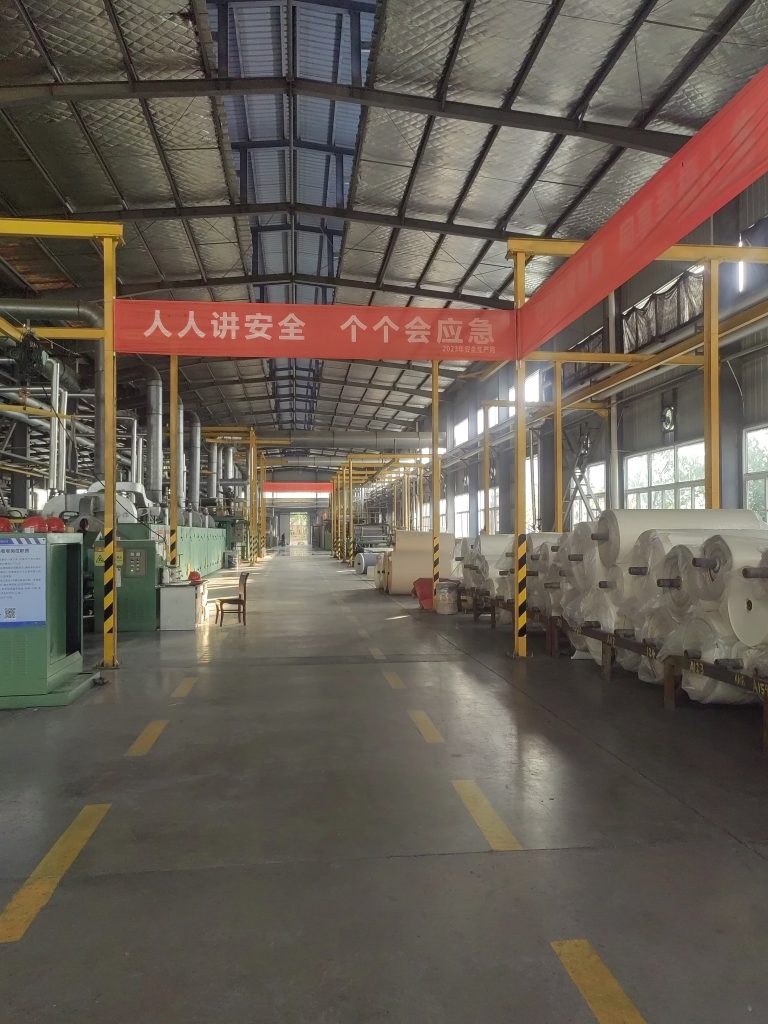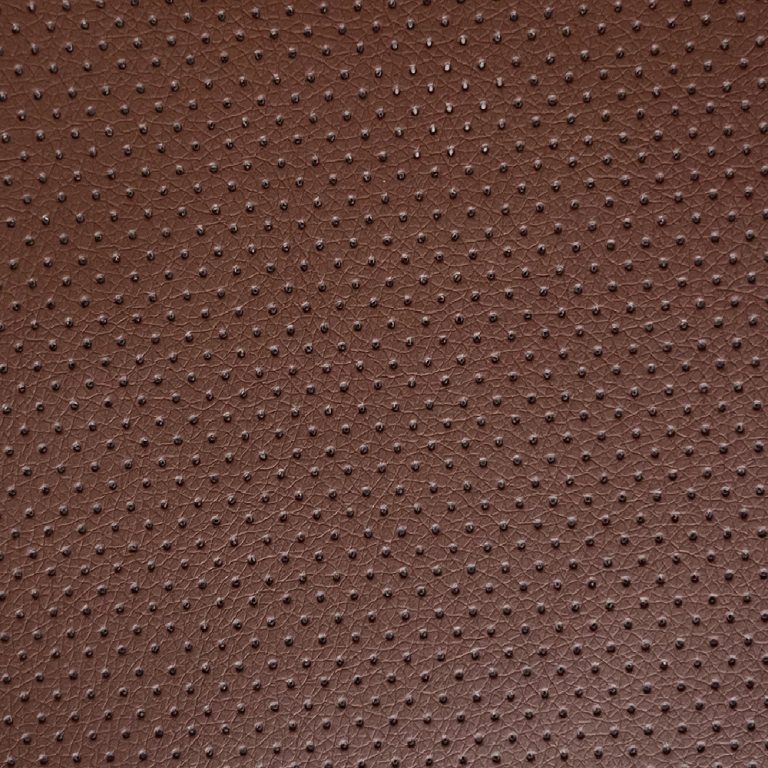Table of Contents
Benefits of Using Moisture-Wicking Lining in Footwear
Footwear lining may not be the first thing that comes to mind when shopping for shoes, but it plays a crucial role in the overall comfort and performance of the footwear. One of the key benefits of using moisture-wicking lining in footwear is its ability to keep your feet dry and comfortable throughout the day.
Moisture-wicking lining is designed to draw moisture away from the skin, allowing it to evaporate more quickly. This helps to prevent the build-up of sweat and moisture inside the shoe, which can lead to discomfort, odor, and even skin irritation. By keeping your feet dry, moisture-wicking lining can help to prevent blisters and other foot problems that can arise from prolonged exposure to moisture.
In addition to keeping your feet dry, moisture-wicking lining can also help to regulate temperature inside the shoe. By wicking away moisture, the lining helps to prevent overheating and keep your feet cool and comfortable, even in hot weather. This can be especially beneficial for athletes and outdoor enthusiasts who are active for long periods of time and need their footwear to perform at its best.
Another benefit of using moisture-wicking lining in footwear is its ability to prevent the growth of odor-causing bacteria. By keeping your feet dry and reducing the build-up of sweat, moisture-wicking lining helps to create a less hospitable environment for bacteria to thrive. This can help to keep your shoes smelling fresh and clean, even after long hours of wear.


Furthermore, moisture-wicking lining can help to extend the life of your footwear. By reducing the build-up of moisture inside the shoe, the lining helps to prevent the breakdown of materials and the growth of mold and mildew. This can help to preserve the integrity of the shoe and ensure that it remains comfortable and supportive for longer.
Overall, the benefits of using moisture-wicking lining in footwear are clear. From keeping your feet dry and comfortable to preventing odor and extending the life of your shoes, moisture-wicking lining can make a significant difference in the overall performance and comfort of your footwear. Whether you are an athlete, outdoor enthusiast, or simply someone who values comfort and quality in their footwear, choosing shoes with moisture-wicking lining can help to ensure that your feet stay happy and healthy throughout the day.
How to Choose the Right Insulated Lining for Winter Footwear
When it comes to choosing the right insulated lining for winter footwear, there are several factors to consider in order to ensure your feet stay warm and comfortable in cold weather conditions. The lining of your footwear plays a crucial role in providing insulation and moisture-wicking properties to keep your feet dry and cozy. With a wide range of lining materials available, it can be overwhelming to decide which one is best suited for your needs. In this article, we will discuss the different types of insulated linings commonly used in winter footwear and provide tips on how to choose the right one for your specific requirements.
One of the most popular lining materials used in winter footwear is Thinsulate, a synthetic insulation that is known for its lightweight and breathable properties. Thinsulate is a great choice for those who are looking for a lining that provides warmth without adding bulk to their shoes. This material is also moisture-wicking, which helps to keep your feet dry and comfortable in snowy or wet conditions. Thinsulate is available in different thicknesses, so you can choose the level of insulation that best suits your needs.
Another common lining material used in winter footwear is fleece, a soft and cozy fabric that provides excellent insulation and comfort. Fleece linings are often used in boots and slippers, as they are warm and plush, making them perfect for cold weather. Fleece linings are also moisture-wicking, which helps to prevent sweat and moisture from building up inside your shoes. If you are looking for a lining that is both warm and comfortable, fleece is a great option to consider.
For those who are looking for a more eco-friendly option, wool is a natural fiber that is often used as a lining material in winter footwear. Wool is known for its excellent insulation properties, as it is able to retain heat even when wet. Wool linings are also breathable and moisture-wicking, making them a great choice for those who are looking for a lining that is both warm and functional. Additionally, wool is a renewable and sustainable material, making it a great choice for environmentally-conscious consumers.
| Sort | Product Name |
| S | Shoe Upper |
When choosing the right insulated lining for your winter footwear, it is important to consider the level of insulation you need based on the activities you will be doing. If you will be spending long periods of time outdoors in cold weather, you may want to opt for a thicker lining material such as Thinsulate or wool. However, if you will be wearing your winter footwear for shorter periods of time or in milder conditions, a lighter lining material such as fleece may be sufficient.
In conclusion, choosing the right insulated lining for your winter footwear is essential to keeping your feet warm and comfortable in cold weather. Whether you opt for a synthetic material like Thinsulate, a natural fiber like wool, or a cozy fabric like fleece, it is important to consider the level of insulation and moisture-wicking properties that best suit your needs. By taking the time to choose the right lining material for your winter footwear, you can ensure that your feet stay warm and dry throughout the winter months.







